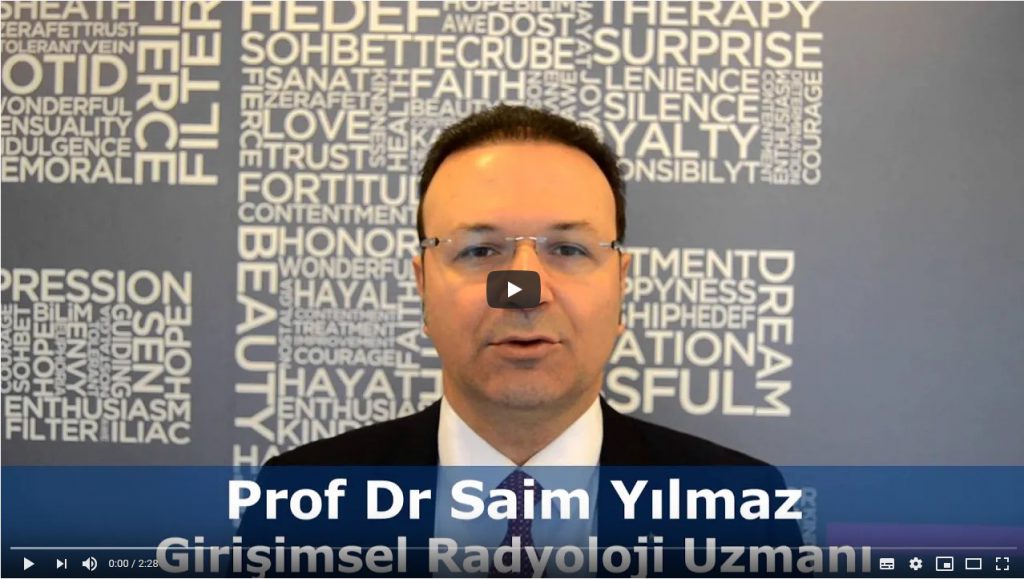Liver biopsy is usually done to determine the type of mass detected in the liver by imaging methods such as ultrasound, tomography, or MRI. More rarely, it is applied to reveal the presence and degree of diseases such as hepatitis and cirrhosis involving the entire liver. The standard method used for these purposes is cutting needle biopsy (trucate or core biopsy).
For liver cutter needle biopsy, the mass in the liver is reached with a needle under local anesthesia and sedation, under ultrasound guidance, and a few thin strips of tissue are taken from this mass. Fully automatic cutter biopsy needles do this automatically when a button is pressed. The tissue pieces taken are placed in formaldehyde solution and sent for pathology examination.

Cutting needle biopsy is a safe and highly accurate biopsy method in the liver as in other organs. During liver biopsy, bleeding requiring intervention may be seen with a 1% probability. This risk may increase if the target population is rich in blood vessels or if there are some factors that increase the risk of bleeding in the patient (such as low platelets, liver dysfunction, taking anticoagulants). In such cases, coaxial biopsy may be preferred. In this method, first the target audience is reached with a separate needle, then the needle is kept fixed and a cutting needle is inserted through this needle and a few samples are taken from the mass. After that, the cutting needle is taken out and bleeding is controlled; If there is no bleeding, the external needle is also withdrawn, if there is bleeding, some substances (coil, glue, the patient’s own blood clot, etc.) are given from the external needle to stop the bleeding, and the procedure is terminated.
With the coaxial biopsy method, biopsy can be taken safely from masses where biopsy is risky (such as hemangioma, vascular-rich cancers).


